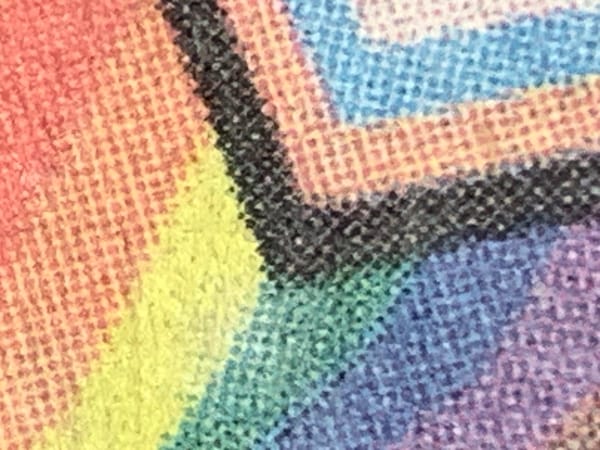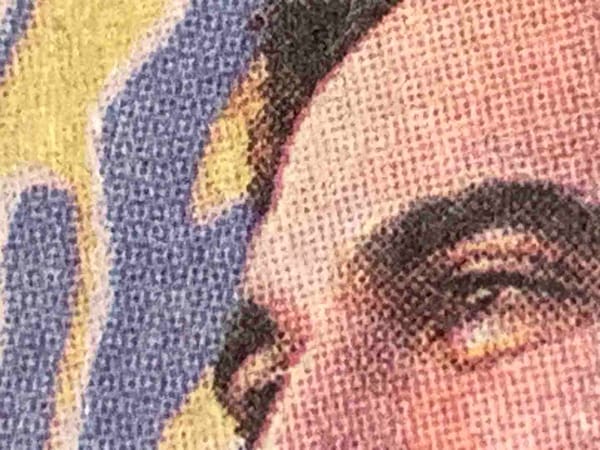Indignity Vol. 1, No. 31: SEND DUNES
DUNE DEP'T.


SPECIAL DUNE-DIGNITY EDITION: HERE IS THE MIND-FILLER
GOOD AFTERNOON! IT’S Friday, October 22, 2021, which means that at last Denis Villeneuve's film adaptation of Frank Herbert's epic sci-fi novel DUNE is in theaters. Dune! It is famously "unfilmable," which is a sort of inadequate way of describing the fact that the book reads exactly as if it ought to be a movie—one big long arc for its protagonist from setback to payback, multiple spectacular set pieces, lots of scenes where someone walks into a room where someone else is and says something that advances the plot—but is much too overstuffed with incidents to possibly fit into the format of a single feature film. Also it is tonally confounding: superficially the tale of a Specially Chosen Boy with a Special Destiny, but really the story of how achieving heroic apotheosis is a completely alienating experience, and how the protagonist dreads and fears being the hero of the story itself (which you, the reader of the novel, are therefore essentially dragging him through). Our sources who have already seen the new Dune, and who greatly enjoyed it, say that Villeneuve dealt with the whole problem of the bulk of the book by just...stopping right when [SPOILER REDACTED]? And labeling the whole thing Part One? Despite not having been officially authorized to make Parts Two Through [PRESUMED SPOILER REDACTED]?
This has all just increased the staff of Indignity's anticipation of a very large Motion Picture Event. So, in tribute to the gargantuan excess of Frank Herbert's vision, and as a consequence of having been discussing the Dune-iverse for weeks and weeks, we here present a special Too Much Dune Edition of Indignity, with more Dune content than is fair or reasonable to expect you, the readers, to put up with. Please feel free to bail out here and rejoin us next week for our regularly scheduled Indignity content. Or travel along with us in our spice-crazed navigation of the cosmic consciousness of Dune!

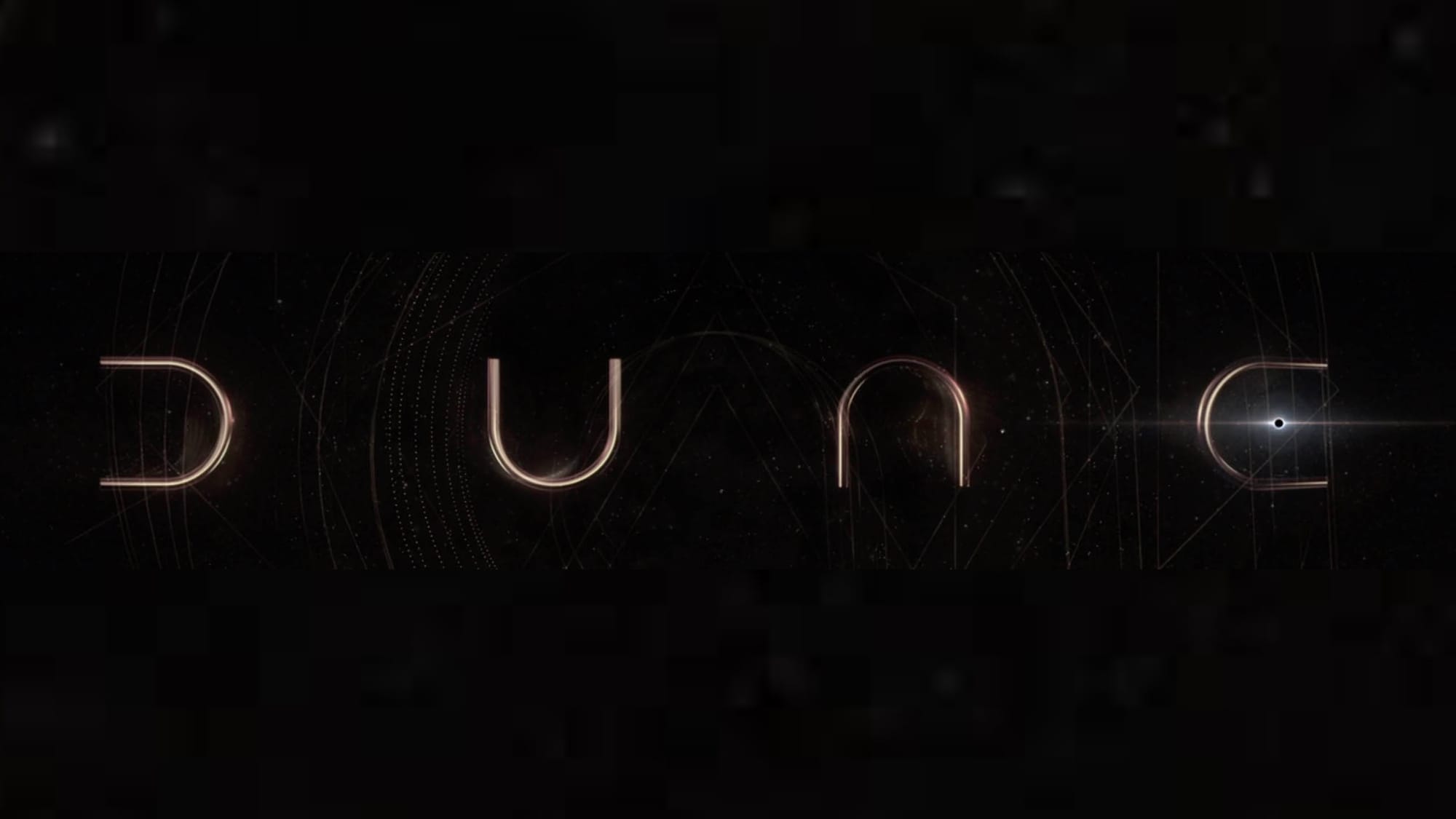
The Dune Movie's Logo Looks More Like "DUNCE" to Me
BY TOM SCOCCA
FRANK HERBERT’S DUNE is a forbiddingly long book and an exhaustingly long multi-volume saga, but it is also an extremely compact and well-shaped four-letter title: DUNE. Each letter is nice and wide, and their curves complement each other. This tempts designers to make the letters match up with each other even more than they naturally do. The current Ace paperback edition, with a "SOON TO BE A MAJOR MOTION PICTURE" badge on the cover, uses low, wide letters with a rounded back on the E, all stacked vertically. Depending which way you turn it, it can seem to read ODZW (or ADZW), or MZCU,
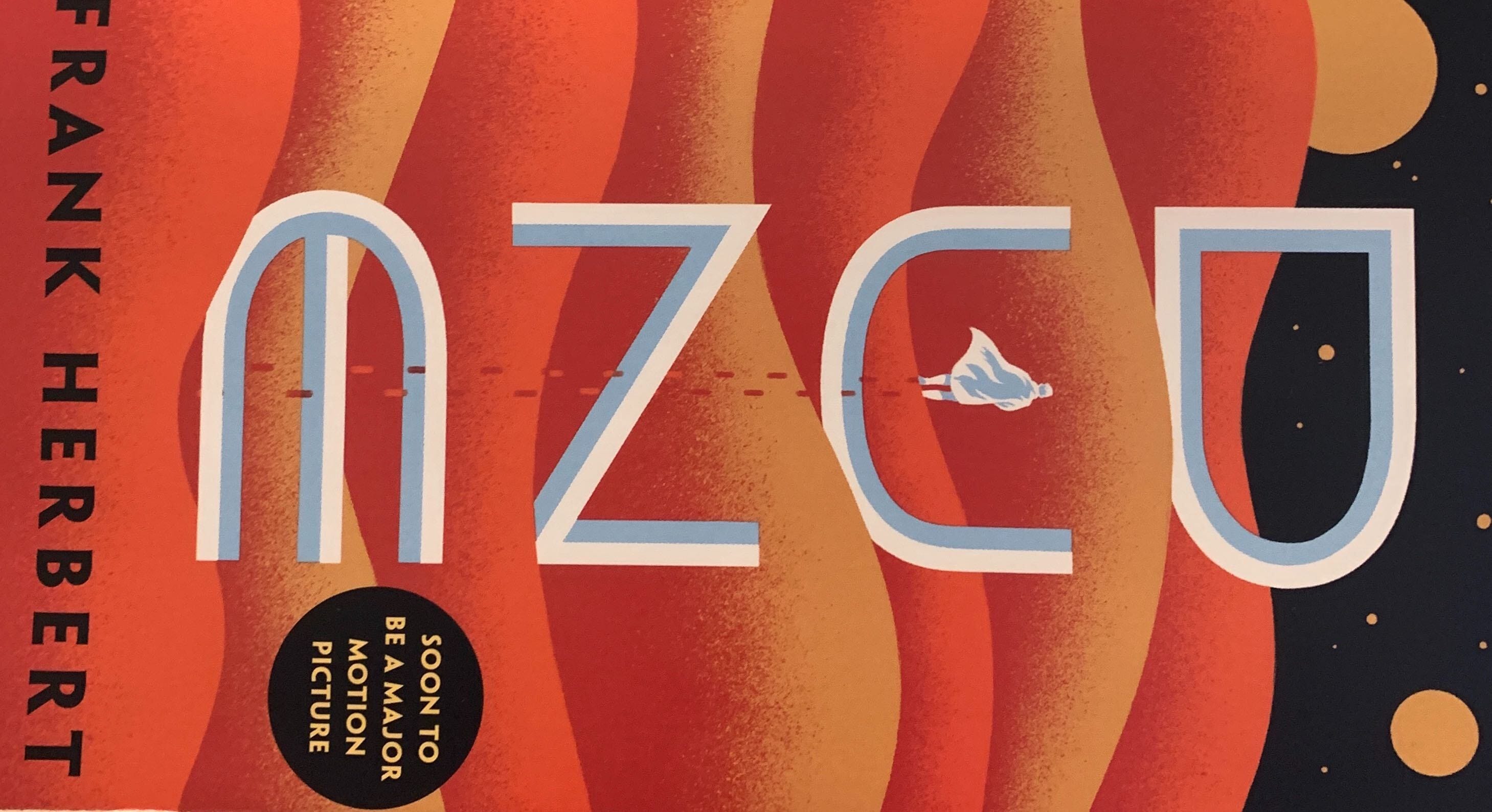
The new Dune movie took the stylization even further, using a backless D and a lowercase N to reduce each letter to a rotation of the same simple curve. There was a whole controversy, which I missed at the time, when fans first glimpsed the logo, because they thought it read more like "DUNC."
By the time I saw the logo, it didn't say "DUNC." The movie makers had either revised it or supplied a clearer rendering of it, so that some sort of stellar flare sits inside the curve of the E, filling in the middle bar of the letter. It ought to be clear now. But because the flare is so long, and because it fades where it meets the letter bar, my eye reads the whole thing as more than one letter: a C and an E joined together in a ligature. It says "DUNCE."
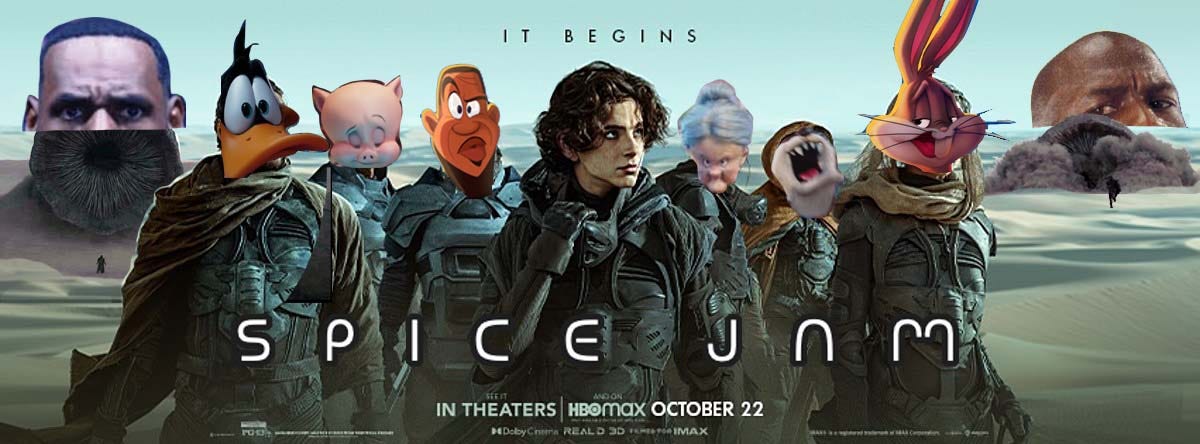

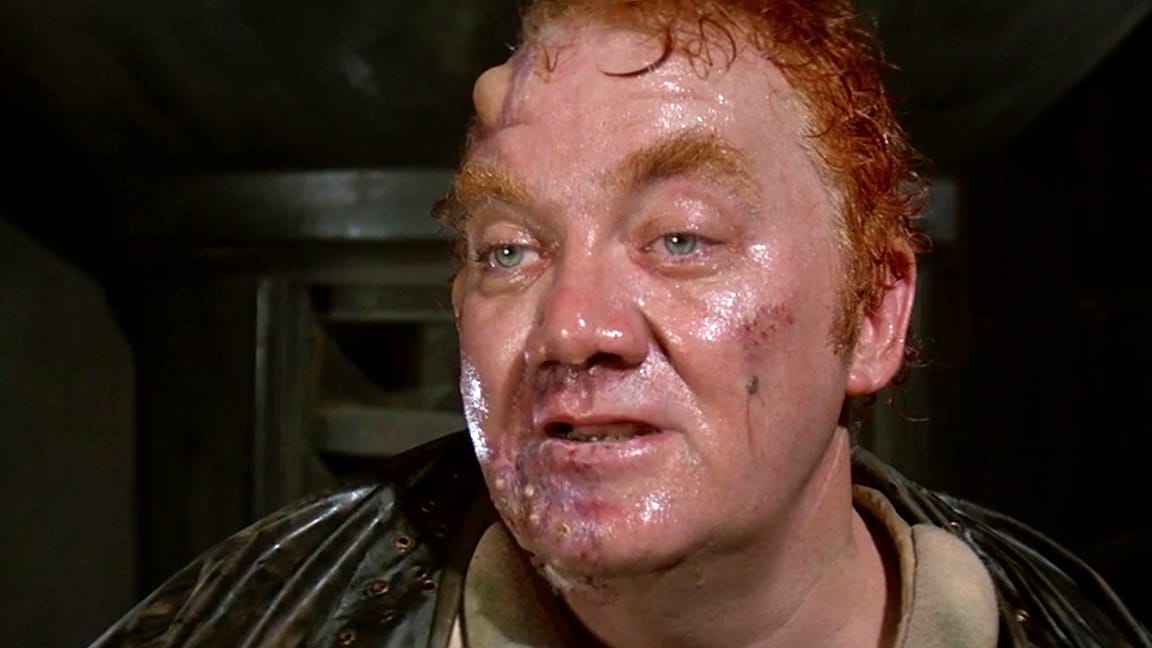
An Extremely Vague and Irresponsible Speculation About No One in Particular
BY TOM (NAME WITHELD BY REQUEST) SCOCCA
THE VILLAIN BARON Vladimir Harkonnen, as written by Frank Herbert and as realized onscreen by David Lynch in 1984, is a truly horrendous expression of homophobia, a decadent monster too lazy to walk without the aid of levitation devices, who gratifies himself with sexual violence against pretty young men. Lynch topped off the portrayal by giving the baron pustules and sores consuming half his face—which could be read as a crude reference to the emergent HIV/AIDS pandemic at the time—and by having him not only force himself on a frightened, muscular victim, but gulp down that victim's lifeblood as it spilled from an opened portal in his chest.
What would this scene of sexual domination and vampirism have looked like to a nerdy, self-hating closeted homosexual teenager, a fan of escapist fiction, at the time? How might the sight of the powerful, grotesque Baron have stamped itself onto such a person's attitudes toward sex and power? What if a person like that had then grown up to be obsessed with the fear of death and disease, and with manifesting his will on a global scale, and with the literal consumption of teenage blood to prolong his own life? What if a person decided he despised what the world saw as virtue, like the Baron despised the nobility of House Atreides, and dedicated himself to conspiracy, betrayal, deceit, and vendetta? Suppose that while a person kept ostentatiously talking about how one landmark fantasy series had shaped his sensibilities, his real Rosebud, the awakening of the revulsions and desires that made him want to force the world into submission, came from a different fictional realm altogether?
Not thinking of anyone specifically! Seems like it could have really helped mess a person up, though.


A Review of the movie Dune (1984)
BY JOE MACLEOD
I SAW DUNE the other night, the one made in 1984 by David Lynch, and then he didn’t like what the movie studio did to it, so he made them credit the film to “Alan Smithee,” which is a thing movie directors do when they don’t want their name attached to the movie that everybody knows they worked on. The credits—at the beginning, total old-school movie—had David Lynch as the director, so I guess it was a Director's Cut or something? I can’t keep track of this shit, all I know is now I have witnessed Dune (1984) in a movie theater.
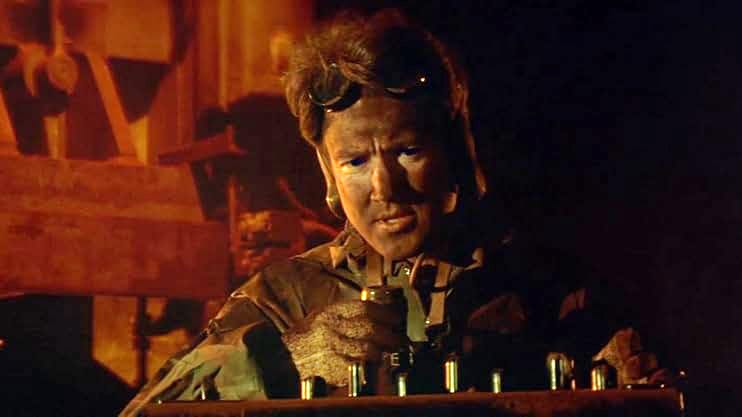
I had never seen it before, because back in 1984, my older brother went and I asked him about it, and he said, and I quote, “Too many worms.” So I passed, based on his review. Up until recently, I have only seen Dune (1984) on cable television, where it would put me to sleep, so I have experienced many minutes of the movie already, but mostly in a subliminal state. So as they say in Dune (1984), I “let the sleeper awake” to experience the whole worm.
Beyond wondering if Dune (1984) would put me to sleep in a movie theater, I was curious to see if the special effects would look better on the “big screen,” but it’s a movie from 1984, so of course they look shitty and cheap, even if they weren’t, and even if it was in 1984 dollars. Basically the gigantor Sand Worm creatures, a critical part of the plot, looked crappy and fake, but I am a willing disbelief-suspender, so I’m not subtracting points from my review of Dune for the goofy giant worms that look like Taco Bell churros.
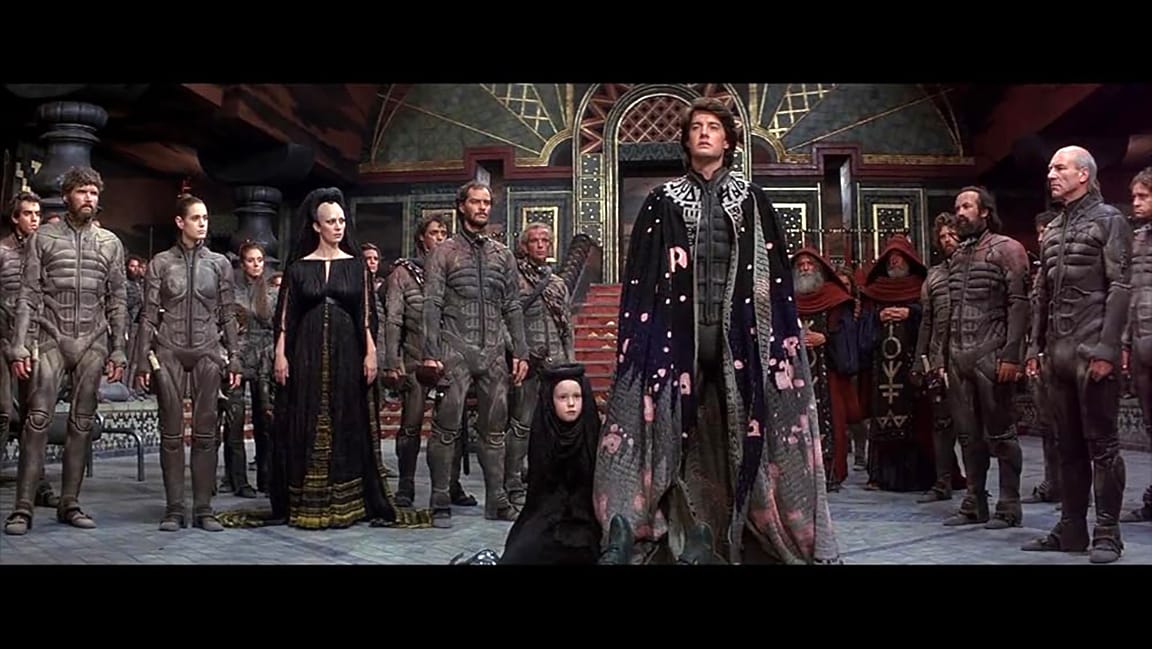
It was super violent and disgusting. Many of the actors were cranked up and had bug-eyes from all their actoring. The at-the-time super-famous music star Sting had a part as a sweaty, shiny psycho. Kyle MacLachlan, who ended up in Twin Peaks, was the star, playing Paul (not a super-inventive Space Name, but OK, again, not David Lynch’s fault) and Jürgen Prochnow, the guy who was in Das Boot, the excellent submarine movie, played Paul’s dad Leto, which is a way more cool and Sciencer name.
There’s one part in the film where Jürgen Prochnow-Leto is looking at his boy Kyle MacLachlan-Paul and he is actoring so much Love for his son that he looks like he might explode. I thought it was kinda touching! He loves his boy, that’s nice, he really fucking sold it. For me, that is the most standout part of the film beyond all the super-gross and violent shit.
David Lynch seems generally to not know or care what to do with women in his movies other than torment and torture them, but it’s not David Lynch’s fault the the story’s central premise is super-sexist. The idea is there’s a Super Being, prophesied to rule the Universe, and it would be a male being, so it was a pleasant surprise to see the one major female role, played by Francesca Annis, have super witch-powers and personal agency, even if she belonged to a centuries-old lineage dedicated to providing the universe with a Super Being to run things, who is a dude. Dune dude!
Anyway, this is a “cult classic,” it’s funny because it’s overwrought and awkward, but also, full of bad homophobic energy. I dunno if I would have understood that in 1984.

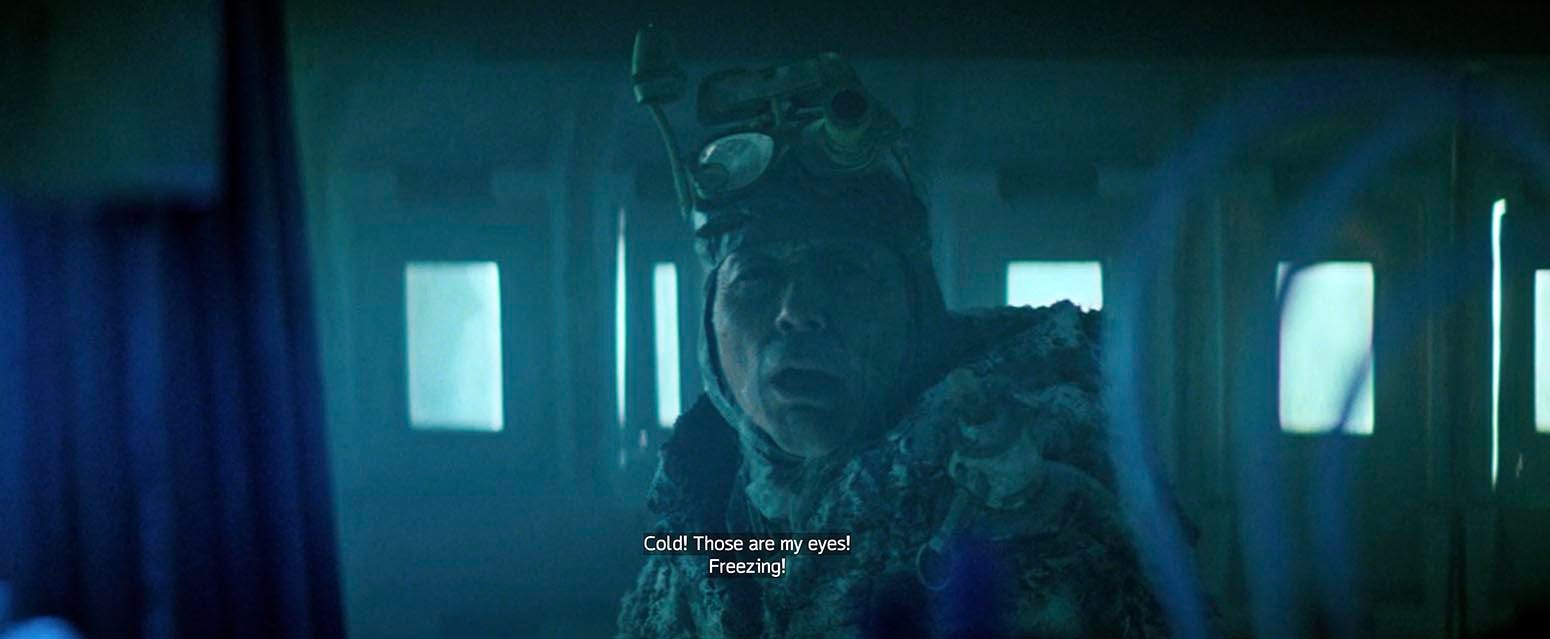
Whose Eyes Are Those in Blade Runner?
BY TOM SCOCCA
NOT EVERYTHING THAT’S immense is an epic. The most important science-fiction movie ever made, Ridley Scott's Blade Runner, follows the narrow perspective of one man with a narrow job to do, in the backwater left behind by mankind's cosmic ambitions. Somehow, drawing from the text of a small and bleak Philip K. Dick novel, Blade Runner absorbed and expressed all the imagined futures that had come before it, and the actual future we would find ourselves living in after it. It looked so much like the world to come that architects just went ahead and built it. Also the planet was dying, so we went ahead with killing the planet.
Frank Herbert's Dune, meanwhile, imagines a broad and sweeping galactic far future, distant from the problems and situations Scott and Dick imagined for our poisoned Earth's near future. But if you see Blade Runner, and you read Dune Messiah, there's an odd little rhyme between the two: the artificial eyes.
Dick, publishing in 1968, described androids indistinguishable from human beings, without going into specifics of their manufacture. Herbert, publishing in 1969, described a body revived from the dead and given artificial eyes, by the sinister tinkerers of Tleilaxu. Scott, in 1982, sent his version of Dick's androids—the replicants led by Roy Batty—to confront a person who was in the business of fabricating the eyes that went into them.
The eyes are not identical: Tleilaxu eyes are described as metallic and pitted, while the replicant eyes appear just like human organs. But what if, nevertheless, the one arose from the other? Before he started work on Blade Runner, Ridley Scott was supposed to be writing and directing an adaptation of Dune, which he abandoned because he didn't feel up to the protracted effort. Before that, Scott had made Alien—written by Dan O'Bannon, who was coming off a stint in a psychiatric hospital after he'd been hired to design special effects for a failed attempt to make a big-budget ten-hour-plus film version of...Dune, again.
All around and within the claustrophobic world of Blade Runner, then, sprawls the uncontainable narrative universe of Dune. The Tleilaxu eyes lock gazes with the replicant ones. Director Denis Villeneuve tried to make a sequel to Blade Runner, and ended up with Blade Runner 2049, nearly an hour longer than the original and hopelessly unable to hold itself together. So then, now, he just went off and started making Dune instead.




